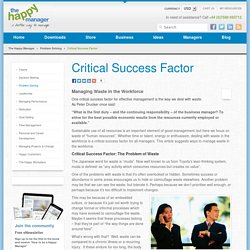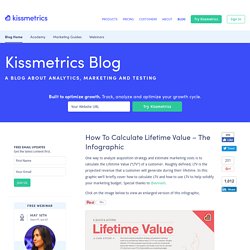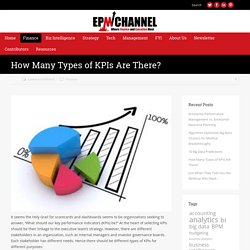

G4 Sustainability Reporting Guidelines. By using the GRI Guidelines, reporting organizations disclose their most critical impacts – be they positive or negative – on the environment, society and the economy.

They can generate reliable, relevant and standardized information with which to assess opportunities and risks, and enable more informed decision-making – both within the business and among its stakeholders. G4 is designed to be universally applicable to all organizations of all types and sectors, large and small, across the world. Download the G4 Guidelines, including Implementation Manual and FAQ in one document: Download the documents separately: The Global Sustainability Standards Board (GSSB) issues interpretations regarding the G4 Guidelines. All GSSB interpretations are found on this webpage, and at the end of the G4 Guidelines' documents, from the date they are issued. G4 is also available in an easy-to-navigate web version – G4 Online. The Sustainability Imperative for Small Business. Financial Ratio Tutorial. Critical Success Factor - The Happy Manager. Managing Waste in the Workforce One critical success factor for effective management is the way we deal with waste.

As Peter Drucker once said: “What is the first duty – and the continuing responsibility – of the business manager? To strive for the best possible economic results from the resources currently employed or available.” Sustainable use of all resources is an important element of good management, but here we focus on waste of “human resources”. Critical Success Factor: The Problem of Waste The Japanese word for waste is “muda”. One of the problems with waste is that it’s often overlooked or hidden.
This may be because of an embedded culture, or because it’s just not worth trying to change formal or informal processes which may have evolved to camouflage the waste. What’s wrong with that? As with personal illness or injury, we often see organisations suffering from but enduring waste. What's the ROI of your Mother? How To Calculate Lifetime Value - The Infographic. One way to analyze acquisition strategy and estimate marketing costs is to calculate the Lifetime Value (“LTV”) of a customer.

Roughly defined, LTV is the projected revenue that a customer will generate during their lifetime. In this graphic we’ll briefly cover how to calculate LTV and how to use LTV to help solidify your marketing budget. Special thanks to @avinash. Click on the image below to view an enlarged version of this infographic. View an enlarged version of this Infographic » Click here to download a .pdf version of this infographic. Want to display this infographic on your site? Simply copy and paste the code below into the html of your website to display the infographic presented above: <b>++ Click Image to Enlarge ++</b><br /><a href=" src=" alt="How To Calculate Customer Lifetime Value"></a><br />Source: <a href=" To Calculate Lifetime Value</a> How Many Types of KPIs Are There? It seems the Holy Grail for scorecards and dashboards seems to be organizations seeking to answer, “What should our key performance indicators (KPIs) be?”

At the heart of selecting KPIs should be their linkage to the executive team’s strategy. However, there are different stakeholders in an organization, such as internal managers and investor governance boards. Each stakeholder has different needs. Hence there should be different types of KPIs for different purposes. Performance measures reported in scorecards and dashboards is one of the core components of integrated enterprise and corporate performance management (EPM/CPM) rivaling in importance other improvement methods such as customer relationship management and managerial accounting.
Author Brett Knowles, founder of the consulting firm PM2 and a veteran of the balanced scorecard thought leader community, has given much thought to the topic of different KPIs for different purposes. 1. Information in this area needs to be: 2. 3. 4. Get to grips with the six capitals. Integrated Reporting. UK Green Building Council: Practical how-to guide - Implementing Integrated Reporting. The stepping stones towards more forward looking corporate reporting. Why company directors have nothing to lose, and everything to gain, from future oriented disclosure I have found it a startling fact that around 60% of Apple’s revenue last year was generated from products that did not exist four years ago – a reflection of the speed and pace of change we are seeing in today’s globally interconnected economy.

For businesses to be able to innovate in such an environment, meeting the demands of today’s customers is just not enough anymore. Customers are already looking ahead – the question is: are you? Businesses have to be able to anticipate the needs of a changing and overlapping stakeholder community, including suppliers, customers, employees and investors. Now more than ever, I believe that for a business to be successful, it needs to be forward looking and have a sophisticated understanding of the economic, business and sector trends that can have a powerful impact on its strategy and performance.
But I am aware we also live in the real world.